Study supports new stroke prevention option for high-risk group
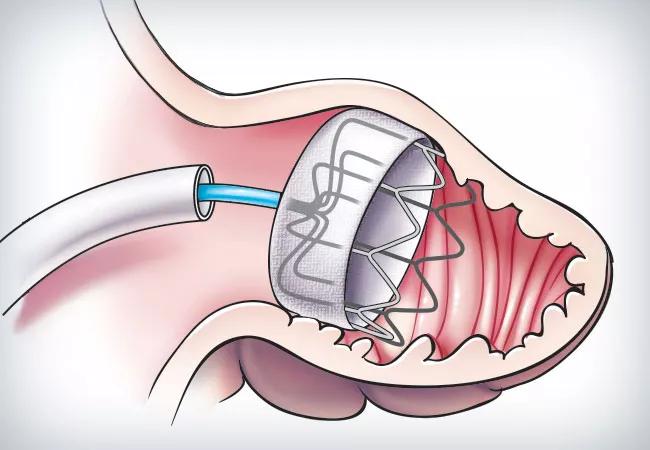
Placement of the Watchman® left atrial appendage closure (LAA) closure device followed by short-term anticoagulation was effective and well tolerated in patients with atrial fibrillation (AF) and a history of intracranial hemorrhage (ICH), a new Cleveland Clinic feasibility study has shown. The study of 38 patients, published in Heart Rhythm (2018 Dec 3 [Epub ahead of print]), found that no strokes, intracranial bleeds, major cardiovascular events or deaths occurred over mean follow-up of more than a year after implantation.
Cleveland Clinic is a non-profit academic medical center. Advertising on our site helps support our mission. We do not endorse non-Cleveland Clinic products or services. Policy
“People with atrial fibrillation and a previous intracranial hemorrhage are challenging to treat because they are at elevated risk for both stroke and a recurrent bleed,” says corresponding author Ayman Hussein, MD, of Cleveland Clinic’s Section of Cardiac Pacing and Electrophysiology. “Our study indicates that short-term anticoagulation therapy, which is required perioperatively for the LAA closure device, can safely be provided to these patients.”
The Watchman device was approved by the FDA in 2015 to reduce the risk of stroke in patients with nonvalvular AF on the basis of studies showing it to be a safe alternative to lifelong anticoagulation therapy. But the pivotal trials excluded patients with a previous ICH because of fear of inducing a stroke from the short-term oral anticoagulation therapy needed for device implantation.
No evidence-based guidelines are available on the use of anticoagulation therapy for patients with a history of ICH and increased risk for stroke. As a result, many of these patients go without stroke-prevention therapy. “We set out to explore whether the LAA closure device could address these patients’ unmet need,” Dr. Hussein explains.
All patients undergoing Watchman implantation at Cleveland Clinic were enrolled in a prospectively maintained data registry and screened for inclusion. Thirty-eight consecutive patients with prior ICH were referred for implantation between April 2015 and February 2018 and were included in the study. All were managed by Cleveland Clinic’s multidisciplinary AF stroke prevention clinic, which includes cardiac electrophysiologists, neurologists, neurosurgeons and gastroenterologists for shared decision-making with the patient.
At baseline, patients had a mean CHA2DS2-VASc score of 5.0 ± 1.3 and a mean HAS-BLED score of 4.2 ± 1.0, indicating high risks of stroke and bleeding, respectively. Previous ICH bleeds were intraparenchymal in 60 percent of patients, subdural in 24 percent and subarachnoid in 16 percent. ICH events, most of which took place while the patient was taking an anticoagulant medication, occurred a median of 637 days before LAA closure device implantation, with the shortest interval being 60 days.
Patients underwent transesophageal echocardiography 45 days after device implantation to check occlusion of the LAA and assess for thrombi and leaks. Additional assessments were done at three, six and 12 months after implantation, and annually thereafter.
The medication strategy was as follows:
In all patients, device implantation was completed with no procedural complications. At 45 days, no peridevice leaks were found; one small filamentous device-related thrombus was detected, which resolved with longer anticoagulation therapy.
At patients’ most recent follow-up (mean of 13.5 months postimplantation), there were no strokes, recurrent ICH episodes, major cardiovascular events or deaths.
Notably, the anticoagulation strategy was revised during the course of the study, says co-author Oussama Wazni, MD, Section Head of Cardiac Pacing and Electrophysiology. He notes that the duration of dual antiplatelet therapy (aspirin plus clopidogrel) after completing anticoagulation therapy at day 45 was initially highly variable due to concern about bleeding risk.
“Based on our findings and discussions with our neurologists and neurosurgeons as the trial proceeded, we adopted what we felt was the optimal strategy,” Dr. Wazni explains. “That ended up being four months of anticoagulation with apixaban and aspirin, followed by aspirin alone thereafter.”
Although this investigation is believed to be the largest study to date of LAA closure device implantation in patients with nonvalvular AF and a prior ICH, the authors note that it’s small enough that further research is needed to definitively establish safety in this population.
“This study has important clinical significance for this high-risk population,” observes co-author Shazam Hussain, MD, Director of the Cerebrovascular Center in Cleveland Clinic’s Neurological Institute. “It indicates that placement of an LAA closure device could be an important stroke prevention strategy for these patients, allowing them to avoid the risks of chronic anticoagulation therapy as well as the risks inherent in no stroke prevention therapy at all.”
“This study is a testament to the progress that can be made when cardiovascular and neurological specialists are encouraged to collaborate in the care of complex patient subpopulations like this,” adds Dr. Wazni. “We created our multidisciplinary AF stroke prevention clinic to pioneer new approaches to this type of clinical challenge.”
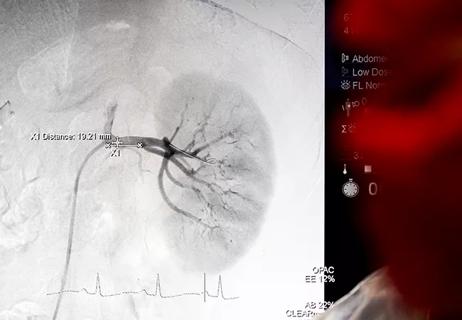
General principles for use of the long-awaited new therapy approach

ACC panel issues call to action to achieve CV health equity in an underserved population

Get a glimpse of the facilities and technologies used by the nation’s top-ranked heart program
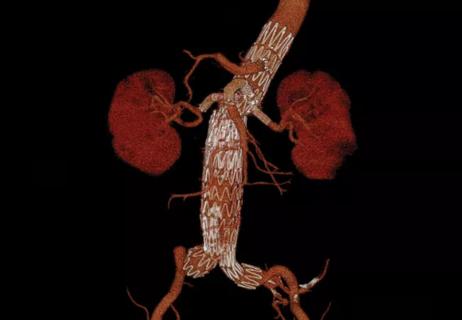
EVAR pioneer Dr. Juan Parodi surveys the past and future of a revolutionary procedure
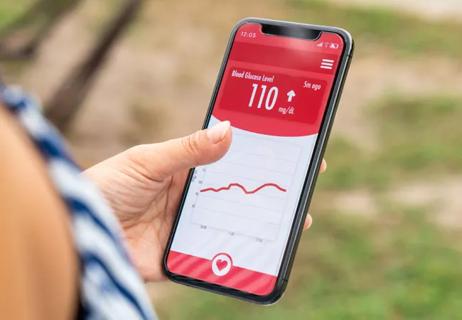
Latest systems combine continuous glucose monitoring with automatic basal insulin delivery

Common congenital lesion is not always benign

New study yields pre-pandemic insights for the post-pandemic landscape
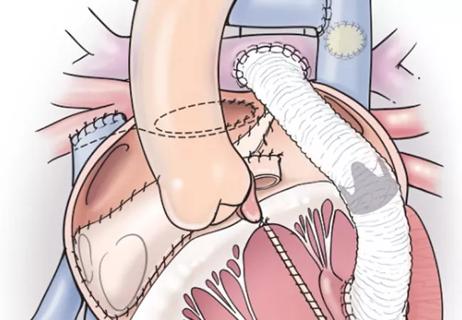
Series of five patients successfully treated with ‘ventricular switch’